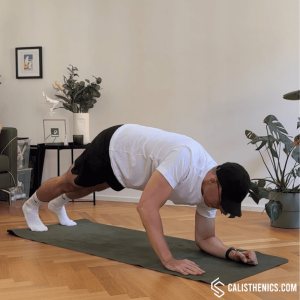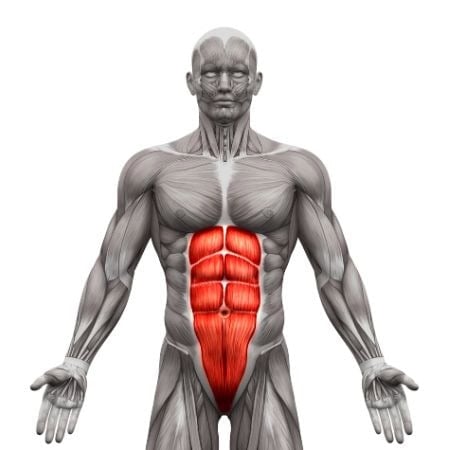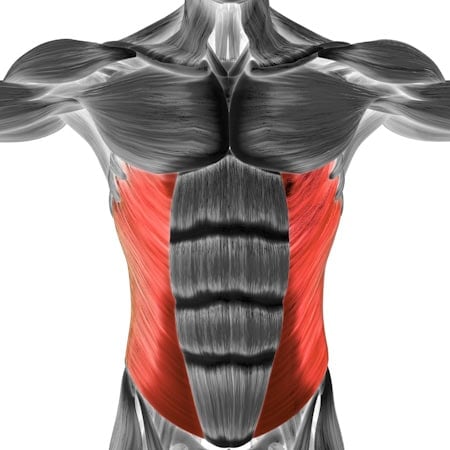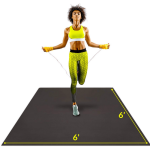Plank Push-ups
How to do Plank Push-ups?
Plank push-ups, also known as plank to push-up, combine two powerful exercises—elbow plank and straight arm plank—into one dynamic movement. This exercise requires you to alternate between the elbow plank and the straight arm plank, engaging your core, upper body, and shoulders while challenging coordination and balance. It’s a great way to build core strength, shoulder stability, and endurance.
Steps to Perform a Proper Plank Push-up
1. Starting Position (Elbow Plank):
• Begin in an elbow plank position with your forearms on the ground, elbows directly under your shoulders, and your body in a straight line from head to heels.
• Engage your core, glutes, and quads to maintain a solid plank position.
2. Transition to Straight Arm Plank (One Hand at a Time):
• Place your right hand on the ground under your shoulder, then place your left hand on the ground to lift yourself into a straight arm plank.
• Your body should stay in a straight line throughout the transition without letting your hips sag or rotate.
3. Lower Back Down to Elbow Plank:
• Lower your right forearm back to the ground, followed by your left forearm, returning to the elbow plank position. Again, focus on maintaining your core engagement and avoiding unnecessary hip movement.
4. Repeat the Alternating Motion:
• Continue alternating between the elbow plank and straight arm plank for the desired number of repetitions. Make sure to alternate which arm you push up with first to maintain balance on both sides.
Benefits of Plank Push-ups
• Builds Core Strength: The alternating movement between the elbow and straight arm planks requires significant core engagement, helping to strengthen and stabilize the abdominals and obliques.
• Improves Shoulder Stability: Transitioning between the two positions challenges the shoulder muscles, particularly the deltoids, building strength and improving overall shoulder stability.
• Enhances Upper Body Strength: This exercise engages the triceps, chest, and shoulders during the push-up phase, making it a great way to build upper body strength.
• Increases Coordination and Balance: The alternating arm movement requires coordination and balance, improving overall body control and functional fitness.
• Boosts Muscle Endurance: Plank push-ups target multiple muscle groups simultaneously, increasing muscular endurance in both the upper body and core.
• Scalable for All Fitness Levels: This exercise can be easily modified to match different fitness levels by adjusting the stance, speed, and number of repetitions.
• No Equipment Needed: Like other bodyweight exercises, plank push-ups can be performed anywhere, making them a versatile and convenient addition to any workout routine.
Tips for the proper execution of Plank Push-ups
Core Engagement: Keep your core tight and engaged throughout the entire exercise to prevent your hips from sagging or rotating as you transition between positions.
Minimize Hip Rotation: The key to this exercise is keeping your hips as still as possible. Widen your stance by positioning your feet slightly wider than shoulder-width apart to help stabilize your body.
Controlled Movement: Move slowly and with control when transitioning between the elbow and straight arm planks. Avoid jerking motions to prevent losing form.
Alternate Starting Arms: Ensure you alternate which arm you push up with first on each rep to avoid overworking one side of the body
Breathing: Breathe steadily throughout the movement. Inhale when lowering into the elbow plank, and exhale as you push up into the straight arm plank.
Muscles worked when doing Plank Push-ups
Primary Muscles:
•Core: Abdominals and obliques (for stabilization)
•Shoulders: Anterior deltoids (heavily engaged during the push-up phase)
•Triceps: Triceps brachii (work to lift your body during the push-up phase)
•Chest: Pectoralis major (engaged during the push-up movement)
Secondary Muscles:
•Glutes: Help stabilize the hips and maintain body alignment
•Quadriceps: Engaged to keep the legs straight and support overall stability
•Lower Back: Erector spinae muscles, engaged to maintain proper posture and prevent sagging
•Forearms: Work to stabilize the upper body during the elbow plank and transitions
Primary Muscle(s):
Secondary Muscle(s):
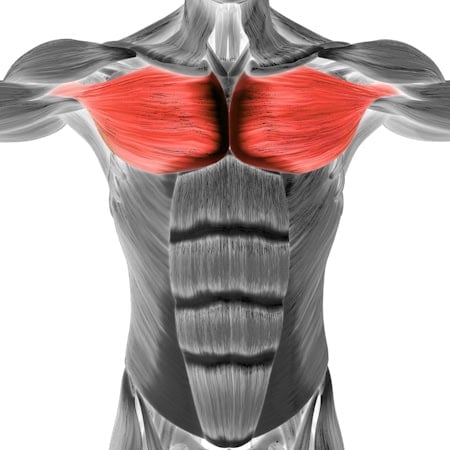
Middle chest
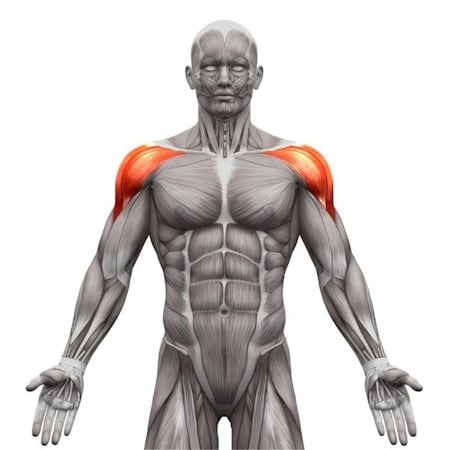
Anterior delt
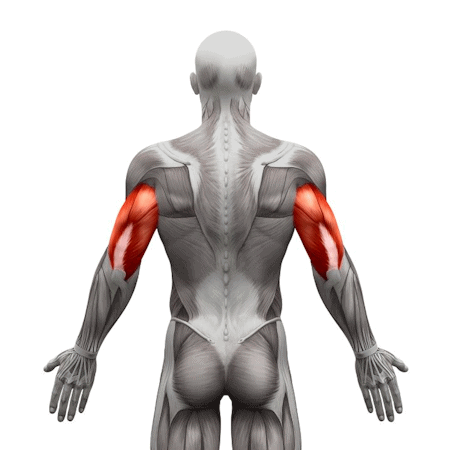
Triceps
Adjust the difficulty of Plank Push-ups
How to make Plank Push-ups harder?
How to make Plank Push-ups easier?
How to make Plank Push-ups harder?
To make Plank Push-ups harder:
-
Narrow Your Stance: Bring your feet closer together to reduce stability, forcing your core and shoulders to work harder to maintain balance and control.
-
Add a Push-up: After transitioning to the straight arm plank, add a full push-up before returning to the elbow plank. This increases the intensity and builds more upper body strength.
-
Increase Repetitions or Time: Add more repetitions or hold each plank position for 3-5 seconds to further challenge your endurance.
-
Weighted Plank Push-ups: Wear a weighted vest or place a small weight plate on your back to add resistance and make the exercise more difficult.
How to make Plank Push-ups easier?
To make Plank Push-ups easier:
-
Perform on Your Knees: Lower your knees to the ground while alternating between elbow and straight arm planks. This reduces the load on your core and upper body, making the exercise more manageable.
-
Slow Down the Movement: Take more time between each transition, focusing on form and control to ensure proper body alignment without losing core stability.
-
Reduce Repetitions: Start with fewer reps (5-8) and gradually increase as your strength and endurance improve.

